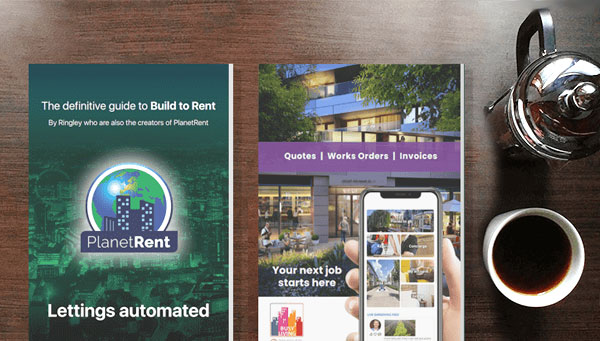 560
560
 0
0
Understanding Corporate Asset Management
Corporate asset management is the process of acquiring land or assets, developing or leasing them until they become "stabilized assets," and/or adjusting the tenant mix to enhance income. This is followed by managing and maintaining the assets well to increase total returns before disposal and reinvestment. The primary goal is to improve total returns, leading to asset appreciation. This involves driving a rent premium and reducing cost leakage by tightly managing the "gross to net" process. Assets play a crucial role in any business operation, specifically in terms of the premises where the business operates. Corporate asset management in property is all about a holistic approach to driving the value of property portfolios. In terms of balance sheets, corporate assets can be categorized as either tangible or intangible.
Tangible Assets
Tangible assets are those that have a fixed or measurable monetary value. These include property assets, machines, tools, vehicles, real estate, and other items in which the company has invested. These assets form the physical backbone of a company's operation.
Intangible Assets
Intangible assets, on the other hand, have value but cannot be directly measured. Examples of intangible assets include the Build to Rent (BTR) brand, which is intellectual property (IP). Through brand loyalty and service promises, BTR can drive rent premiums. Other intangible assets include software licenses, organization capital, databases, and operational data.
The Importance of Corporate Asset Management
While focusing on assets that don’t generate revenue may seem counterintuitive, corporate asset management becomes increasingly crucial as a company grows. Without a proper plan to protect assets, companies could face significant financial challenges. At Ringley, we create an Asset Business Plan for each property, outlining ESG goals, tracking revenue growth, and addressing key costs, staff, and compliance issues. A well-structured asset management strategy not only helps a company achieve growth and financial success, but it also provides a roadmap for managing risk and creating value. Developers need asset management plans to guide them through the development, improvement, and eventual sale of properties.
Asset Management for Plant and Equipment
Asset management plays a critical role in managing plant and equipment. For example, QR code technology can be used to track items like light fittings, smoke detectors, and CCTV cameras, ensuring efficient repairs and maintenance. Proper asset tracking also helps organizations plan for end-of-life replacement and enables easier identification and analysis of faults.
One of the major advantages of corporate asset management is the ability to manage risks. Organizations can use accurate data to make timely decisions, ensuring assets are maintained efficiently. Additionally, audit processes help identify and eliminate “ghost assets”—those that no longer exist but are still recorded in the system.
Developing a Strategic Corporate Asset Management Plan
To develop an effective asset management strategy, organizations should take the following steps:
- Comprehensive Asset Inventory: Take an accurate inventory of all assets, including their location, make, model, expected lifecycle, and current usage.
- Lifecycle Costs: Account for the full lifecycle cost of each asset, including maintenance, repair, and disposal. Ensure inflation is factored in for future replacement costs.
- Set Service Levels: Define the quality, capacity, and maintenance needs of assets, factoring in manufacturer guidelines and legal requirements.
- Long-Term Financial Planning: Integrate the asset management plan with the company's financial planning to optimize performance and extend the lifecycle of assets.





Meet our Expert Property Commentators



























